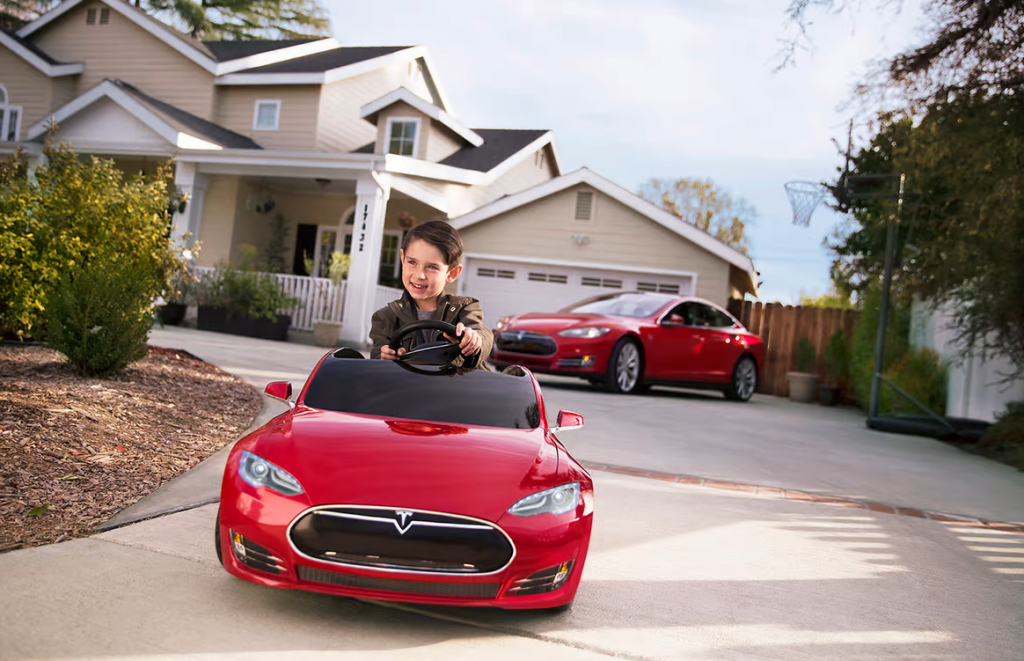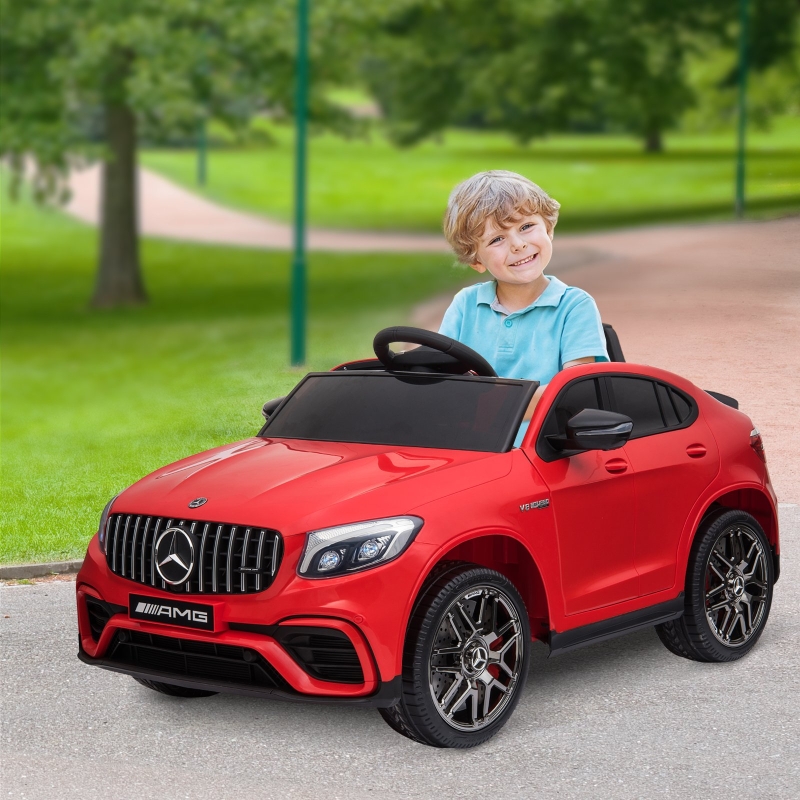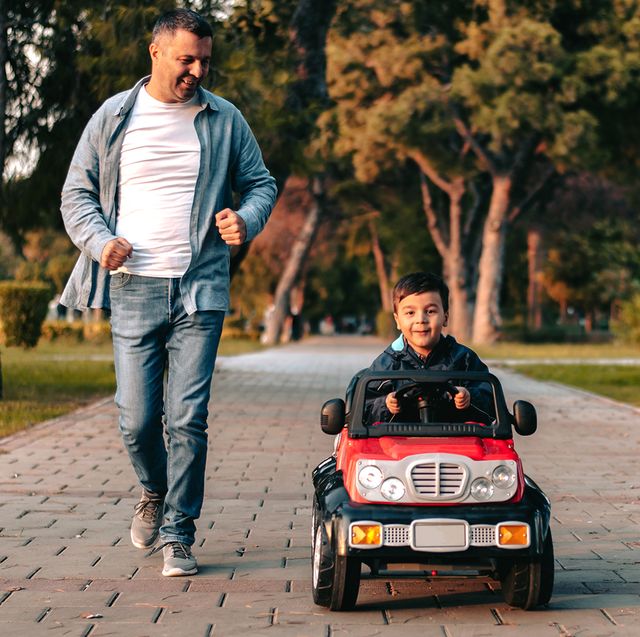
Kids’ cars, those pint-sized replicas of real automobiles, hold a special place in the hearts of children and parents alike. In this article, we’ll explore the world of kids’ cars, examining their appeal, developmental benefits, considerations for parents, popular types, and the joyous adventures these miniature vehicles bring to the formative years of childhood.
Introduction: The Allure of Kids’ Cars
Miniature Marvels:
Kids’ cars, whether pedal-powered, electric, or push-along, are miniature marvels that capture the essence of real vehicles. These tiny replicas become vessels for boundless imagination and endless adventures.
Early Fascination with Mobility:
From a young age, children are drawn to the concept of mobility. Kids’ cars provide a safe and entertaining way for them to experience the thrill of movement, fostering a sense of independence and exploration.
Types of Kids’ Cars: From Push Cars to Electric Drives

Push Cars and Strollers:
Designed for the youngest adventurers, push cars and strollers offer a parent-guided mode of transportation. These vehicles often feature ergonomic handles for parents and a comfortable seat for the child.
Pedal Cars:
Pedal cars introduce a level of interactivity, allowing kids to propel themselves forward using pedals. These classic cars often resemble vintage models, adding a touch of nostalgia to playtime.
Electric Ride-Ons:
Electric ride-on cars, powered by rechargeable batteries, provide a more advanced driving experience. With features like working headlights, horn sounds, and realistic designs, these cars offer a taste of the grown-up driving world.
Developmental Benefits: Playful Learning on the Go
Gross Motor Skills:
Kids’ cars play a crucial role in developing gross motor skills. Steering, pedaling, and navigating obstacles contribute to the coordination and strength of young muscles.
Spatial Awareness:
Driving a miniature car helps children understand spatial concepts, promoting spatial awareness and coordination. Maneuvering around obstacles enhances their ability to judge distances and navigate their environment.
Role-Playing and Imagination:
Kids’ cars become vessels for imaginative play. Children adopt roles as drivers, adventurers, or even race car drivers, creating narratives that enhance creativity and storytelling skills.
Considerations for Parents: Choosing the Right Kids’ Car
Age Appropriateness:
Select a kids’ car that suits your child’s age and developmental stage. Push cars are ideal for younger toddlers, while pedal cars and electric ride-ons are suitable for older children.
Safety Features:
Prioritize safety features such as seat belts, stable wheels, and a low center of gravity. Electric ride-ons should have a manageable speed, and parents must ensure that their child wears appropriate safety gear.
Quality and Durability:
Invest in a kids’ car (https://leotoystore.com/collections/kids-car) made from durable materials. High-quality construction ensures that the vehicle withstands the rigors of play, providing long-lasting enjoyment for your child.
Popular Types of Kids’ Cars: Variety for Every Adventurer
Classic Pedal Cars:
Inspired by vintage automotive designs, classic pedal cars are timeless favorites. They often feature a sturdy metal frame, rubber tires, and a retro aesthetic that appeals to both kids and collectors.
Electric SUVs and Cars:
Electric ride-on SUVs and cars come in various designs, from miniaturized versions of popular car models to imaginative creations. Some models even allow for remote control operation by parents.
Tricycles and Balance Bikes:
While not traditional cars, tricycles and balance bikes offer an early introduction to the concept of wheels and steering. These vehicles help toddlers develop balance and coordination.
Brands Shaping the Kids’ Car Landscape: Driving Childhood Dreams

Step2:
Step2 is known for its durable and innovative toys, including a range of push cars and ride-ons. Their designs often prioritize safety and imaginative play.
Little Tikes:
Little Tikes specializes in creating toys that cater to the developmental needs of young children. Their kids’ cars often feature bright colors, ergonomic designs, and interactive elements.
Power Wheels (Fisher-Price):
Power Wheels, a brand under Fisher-Price, produces a variety of electric ride-on vehicles. Their models often replicate popular car brands and come with realistic features for an immersive driving experience.
Customization and Accessories: Personalizing the Driving Experience
Many kids’ cars come with customizable elements. Parents can add decals or stickers to personalize the vehicle, allowing children to express their unique style.
Additional Accessories:
Explore accessories like horn attachments, flags, or themed steering wheel covers to enhance the play experience. These additions contribute to a sense of ownership and pride.
DIY Upgrades:
For parents who enjoy DIY projects, consider simple upgrades like painting or adding LED lights. These enhancements not only personalize the kids’ car but also provide an opportunity for creative bonding with your child.
Kids’ Cars – Driving Toward Unforgettable Memories
In conclusion, kids’ cars are not just miniature vehicles; they are instruments of childhood joy, learning, and adventure. Whether pushing, pedaling, or navigating an electric ride-on, children develop essential skills while creating cherished memories. As families invest in kids’ cars from reputable brands, they’re not just purchasing toys; they’re fostering a love for exploration, independence, and the open road. Kids’ cars, with their miniature allure, continue to be instrumental in shaping the playful journeys of childhood, steering little adventurers toward a world of unforgettable memories and boundless joy.